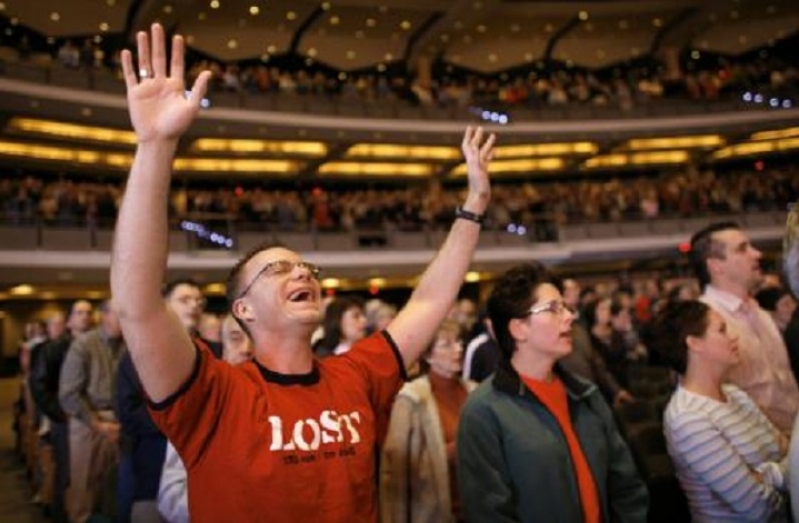
A recent study looked at how churches allocate their annual budget for expenses like pastors' salary, staff salary, missions and others.
The study, released by Leadership Network and the Vanderbloemen Search Group, focused mostly on churches with an average weekly service attendance of 2,000. A total of 1,252 churches were involved in the research, 1,159 of which are from the U.S. and the rest distributed in Canada, South Africa, Great Britain and others.
The study found that 98 percent of a church's funds are generated from tithes and offerings, while 2 percent come from other sources like income from facilities being rented out. In a majority of the churches (81 percent), most of the congregation have no idea of how much salary their pastors receive.
Of the church's total budget, almost half, or 49 percent, goes to "staffing costs," which include staff salary and benefits.
The second highest paid church staff, which is often the executive pastor, typically receives 70 percent of the senior pastor's salary. The church staff also receive an annual pay raise of 3.1 percent. More than half of the churches interviewed (54 percent) gave their senior pastors bonuses in the last 12 months.
In a similar study conducted in 2014, almost half of the 727 megachurches who provided data spend 39 to 52 percent of their budget on staffing costs.
According to the present study, a church's growth rate is not really affected by the amount of salary given to its pastors. In fact, growing churches pay a little less salary compared to those that are not.
"Surprisingly, growing churches pay slightly less. There is no difference in senior pastor salary in same-size churches for those that are growing and those that are not. For all other executive salaries there is a very slight difference, with the growing churches paying lower," the study said.
However, church size does affect church growth; the bigger the church, the more likely it is growing, the study pointed out. The ratio of church members to full time paid staff is 76 to 1.
Interestingly, only half (52 percent) of the churches spend 10 percent or more of their funds for work outside their congregations, such as missions, community outreaches and church planting.
Study author Warren Bird said the main objective of the report is not to show whether the churches' budget allocations are right or wrong but to show churches how their spending compares with others of the same size. This knowledge could help them establish better systems for their finances.
"Not that it's right or wrong, but at least you know what the lay of the land is out there for other churches like yours," Bird said. "What kinds of things are normal in churches our size, what are not? Not just in salary, but in benefits."







